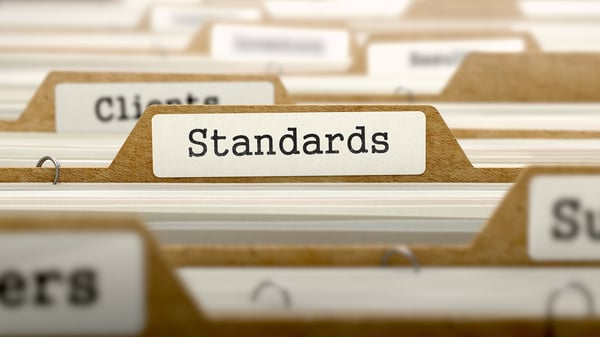The UKHSA on data: 'It must tell a story'
Data analytics has proved to be an indispensable weapon in the fight against health threats. But working out how that data is communicated in a way that builds trust and minimises misinterpretation is half the battle, says Johanna Hutchinson, Director of Analytics and Data Science at the UK, Health Security Agency (UKHSA).
Hutchinson is a former academic that has spent over a decade in the Civil Service leading data-led transformation within government departments. At UKHSA, she publishes a range of statistics to help inform policy-makers, health professionals and the general public on pressing health matters. 
Data proved to be a crucial asset of the UKHSA during the pandemic where it was used on a daily basis to support an evidence-based, decision-making approach to the crisis, and to help the public understand the reasoning behind Covid regulations.
For government to succeed in harnessing the power of data, Hutchinson says it must be packaged in a way that is trustworthy and accessible for public use: "it must tell a story."
Building trust with the right narrative
Public trust in data is especially crucial when it comes to health threats and building the right narrative is essential to maintaining that, says Hutchinson. "The challenge is taking those complex technical research reports and data points and packaging them in a way that policy makers and the general public can understand and adopt them quickly - as opposed to presenting them with a complicated set of graphs.”
The UKHSA is currently building a permanent multi-threat dashboard that could keep the public informed about future health emergencies and pandemics. Hutchinson says that the platform will expand on and incorporate components from the Covid-19 dashboard that was launched in April 2020.
The dashboard is a good example of how the UKHSA is able to create a visual narrative around often complex data that is easy for the general public to grasp. More than a million people used the Covid dashboard per day at its peak, including ministers, officials and the general public.
The challenge is being able to agree on a metric or premise to explain a hugely complicated concept - something Hutchinson says is “a whole load of complexity behind the scenes.”
“The one thing I can tell you about working with academics is that they never agree and that’s exactly what you need in science; for people to disagree and put forward different hypotheses. The downside is this makes it extremely challenging to build a consensus.”
One example of this is the R number, published by the UKHSA as a way of rating coronavirus or any disease's ability to spread. The premise being that as behaviour changes or as immunity develops, the R number changes. If the R value is higher than one, then the number of cases keeps increasing, but if the R number is lower the disease will eventually stop spreading.
It is a compelling case study in the power of using data to tell a story. However, arriving at this simple metric took a considerably more complicated approach, involving ten academic groups producing different models every week - each making their own assumptions and techniques.
Seeing the bigger picture
In order to continue delivering high quality and consistent data that can be used to prevent and manage health threats coming into the UK, there are challenges to overcome in accessing, sharing and integrating data, Hutchinson says.
“The UKHSA is the process of a large-scale transformation, whereby they are looking to platform the legacy systems into the Cloud and to democratise data for the first time for public health. This will enable greater opportunities to understand detection threat and risk...the challenge is pulling that data together," she notes.
“We have many scientific experts within our organisations who can tell you the minutiae of a specific disease....what we can’t do is pull all of that data together and understand some of the impact of that on the health of society, or the impact on the economy and workforce from illness.”
Hutchinson points out that the ambitions of data analytics and the ambitions of data governance "are often in conflict", so creating an environment where access to data and use of the data is on more even footing is a "major challenge" for her department.
Within that, Hutchinson says the UKHSA is looking at the permissiveness and consistency of different data sources. Secondary data sources such as geospatial data is something that the department is increasingly interested in, she notes.
“This started during the UK Test and Trace operation, we needed consistency in post coding and a way to ensure that all the UPRNs are carried through to all the different products, so that when we publish a report on the different regions, the results add up.”






